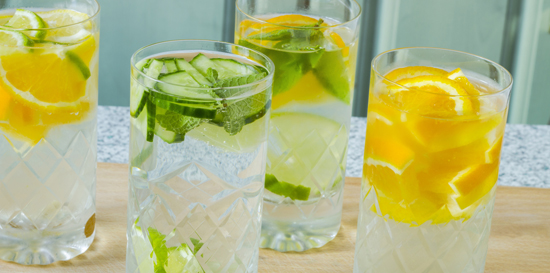Open Enrollment is on its way! Starting on Saturday, November 15th, we’ll be able to apply for, renew, or change our health insurance plans through the Washington state Health Benefit Exchange. This year, enrollment runs from November 15, 2014 – February 15, 2015. Here are some important dates to keep in mind:
- November 15, 2014. This is your first day to apply for, keep, or change your coverage.
- December 15, 2014. Enroll by the 15th if you want new coverage that begins on January 1, 2015. If your plan is changing or you want to change plans, enroll by December 15th to avoid a lapse in coverage.
- December 31, 2014. The day all 2014 Marketplace [also known as Health Benefit Exchange] coverage ends, no matter when you enrolled. Coverage for 2015 plans can start as soon as January 1st.
- February 15, 2015. The last day you can enroll in 2015 coverage before the end of Open Enrollment.
There will be double the number of plans available for 2015 coverage as there were for 2014 – so make sure to take some time to review the plans to find the best one for you and your family. If you signed up for a 2014 plan through the Exchange, you will most likely be eligible to automatically renew for 2015. However, it’s possible that your plan may be one of the few not available for 2015 – so best to double-check. Regardless of which plan you chose in 2014, you will be able to update your application and shop for new plan options.
If you want coverage from a new plan to start January 1, 2015, be sure to enroll by December 23, 2014, at 4:59pm. Also, keep an eye out for “Open Enrollment Renewal” notices from Washington HealthPlanFinder – this letter will give you more information about 2015 coverage, the renewal process, and any steps you might need to take.
Don’t forget that, if you’re eligible, you can enroll in Washington Apple Health (Medicaid) throughout the year. There is no enrollment period for this health coverage. If you are enrolled in Apple Health now, you will receive a notice 60 days before the month you enrolled or renewed your coverage last year.
If you would like any assistance at all during the enrollment period, please reach out to a certified Navigator in your area. You can do a search here. Navigators will assist you at no cost to you, and they are committed to helping you find, compare, and select a health plan that’s best for you and your family.

 Futures Without Violence
Futures Without Violence



